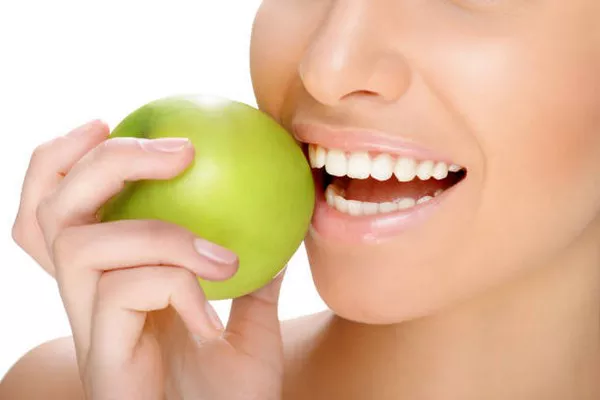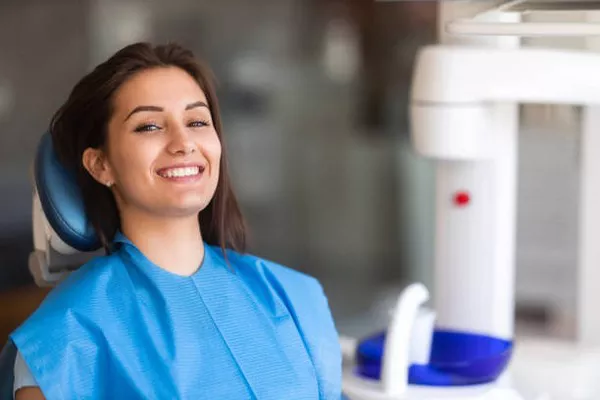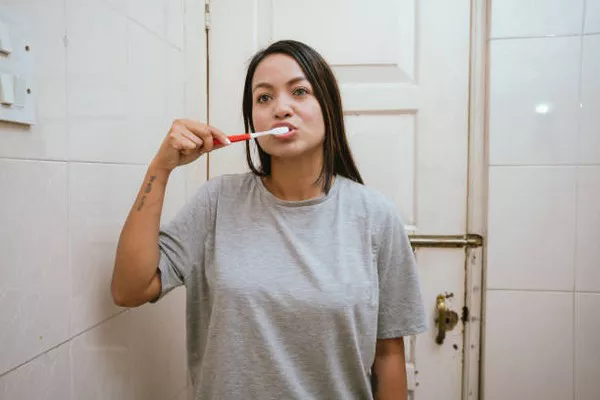Dental fillings are one of the most common dental procedures performed by dentists around the world. While they are a routine procedure, patients often have questions about what they can eat after getting a cavity filled. Eating the wrong foods or consuming certain beverages can damage the filling or cause discomfort. In this article, we will explore the topic of eating after a cavity filling and provide you with all the information you need to know.
Understanding Dental Fillings
Before discussing what you can eat after getting a cavity filled, it’s important to understand what dental fillings are and how they work. Fillings are used to treat cavities, decay, and damage in teeth. The procedure involves removing the damaged or decayed portion of the tooth and filling the cavity with a material such as composite resin, amalgam, or gold. Teeth that have been filled are not as strong as healthy teeth, and the filling material can be dislodged if not cared for properly.
Can You Eat After Getting a Cavity Filled?
The short answer to this question is yes, you can eat after getting a cavity filled. However, it’s important to wait at least 2 hours before eating anything to allow the filling to harden completely. Eating too soon after the procedure can damage the filling or cause it to become dislodged. Additionally, it’s best to avoid hot foods and drinks for several hours following the procedure, as well as sticky or hard-to-chew foods.
What Foods Should You Avoid After Getting a Cavity Filled?
After getting a cavity filled, there are certain foods and beverages you should avoid to prevent damage to the filling or discomfort. Here are some examples:
Hot Beverages: Hot beverages like coffee or tea can irritate the filling site and increase sensitivity or discomfort. Wait at least several hours before consuming hot beverages.
Hard or Crunchy Foods: Hard or crunchy foods such as nuts, popcorn, and hard candy can damage the filling or cause it to become dislodged. Avoid these foods for at least 24 hours after getting a filling.
Sticky Foods: Sticky foods like caramel, taffy, or gum can stick to the filling material and dislodge it. Avoid these foods for at least 24-48 hours after getting a filling.
Acidic Foods and Beverages: Acidic foods and beverages like citrus fruits, soda, or sports drinks can irritate the filling site and increase sensitivity. Limit consumption of these items for several days after getting a filling.
What Foods Can You Eat After Getting a Cavity Filled?
After waiting the recommended time period, you can resume eating soft and easy-to-chew foods. Here are some examples of foods that are safe to eat after getting a cavity filled:
Soft Foods: Foods such as yogurt, applesauce, or mashed potatoes are easy to chew and won’t damage the filling.
Protein-Based Foods: Foods such as fish, eggs, and tofu are rich in protein and nutrients while being easy to chew.
Cooked Vegetables: Cooked vegetables such as carrots, green beans, or broccoli are soft and easy to chew.
Dairy Products: Dairy products such as milk, cheese, and yogurt are rich in calcium and promote dental health while being easy to consume.
Conclusion
In conclusion, eating after getting a cavity filled is safe as long as you wait for the filling to harden completely and avoid hot, hard, crunchy, and sticky foods for at least 24-48 hours. It’s best to consume soft and easy-to-chew foods after the recommended waiting period. Remember to maintain good oral hygiene practices and attend regular dental check-ups to ensure the longevity of your filling and maintain optimal dental health. If you experience any discomfort or pain after getting a filling, contact your dentist immediately.
Related Topics:


























